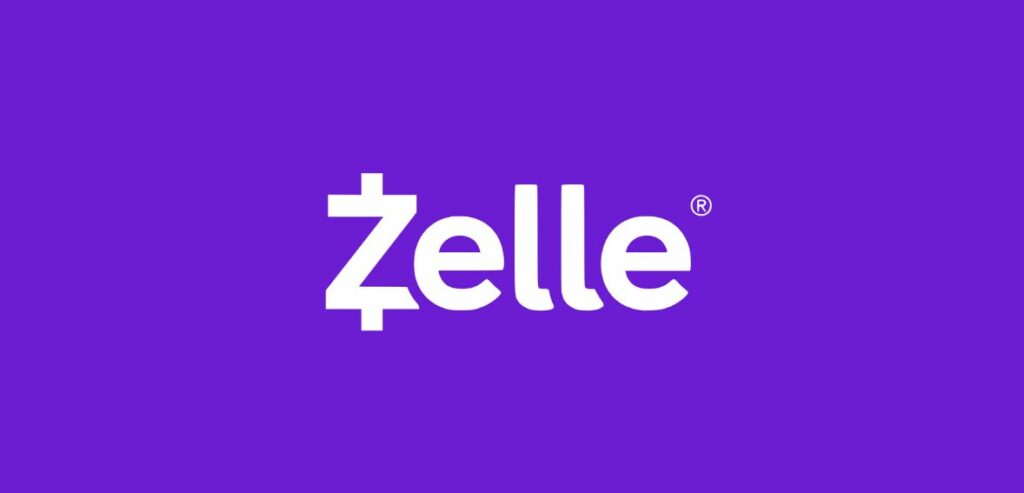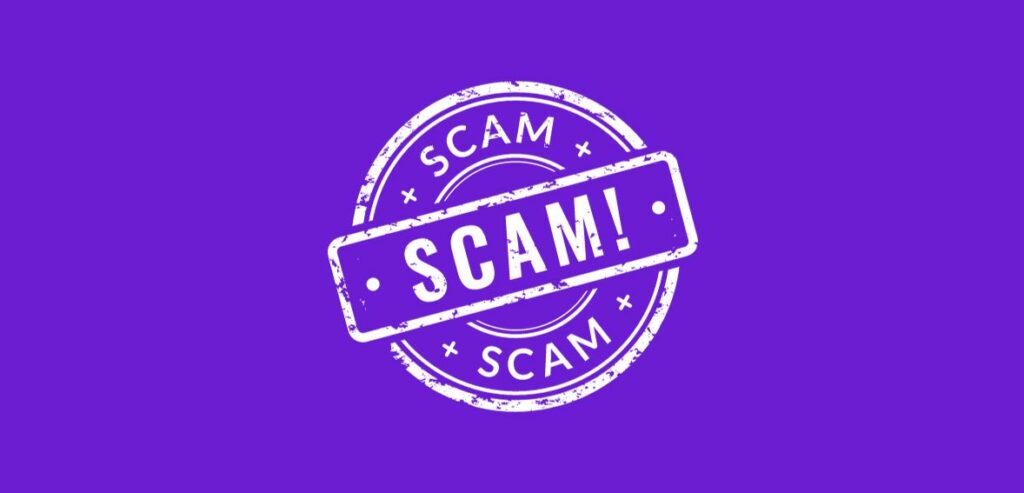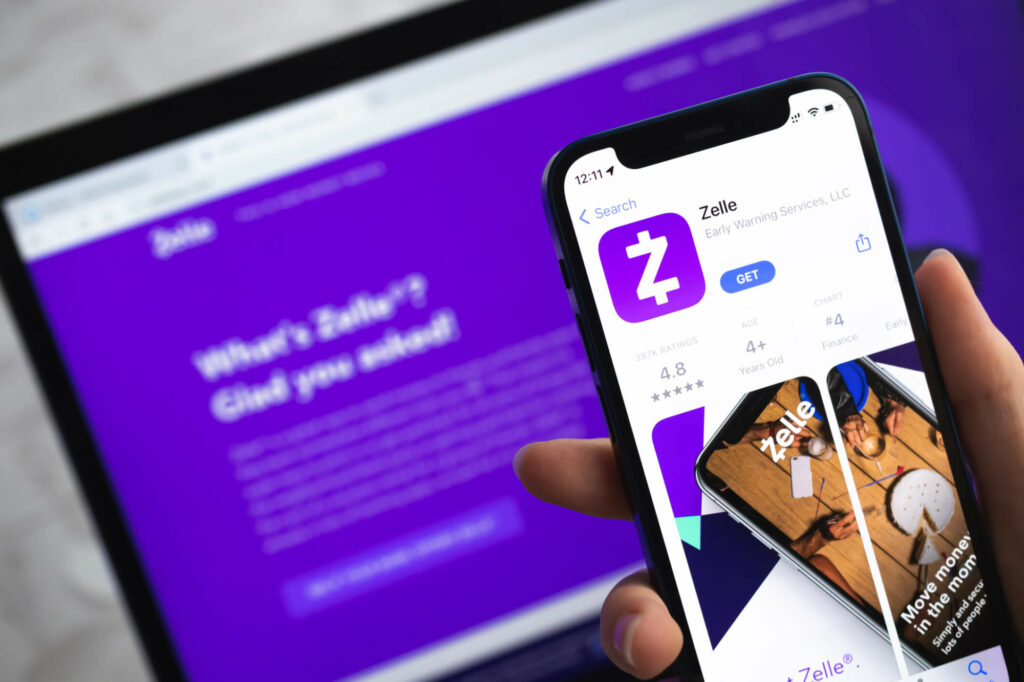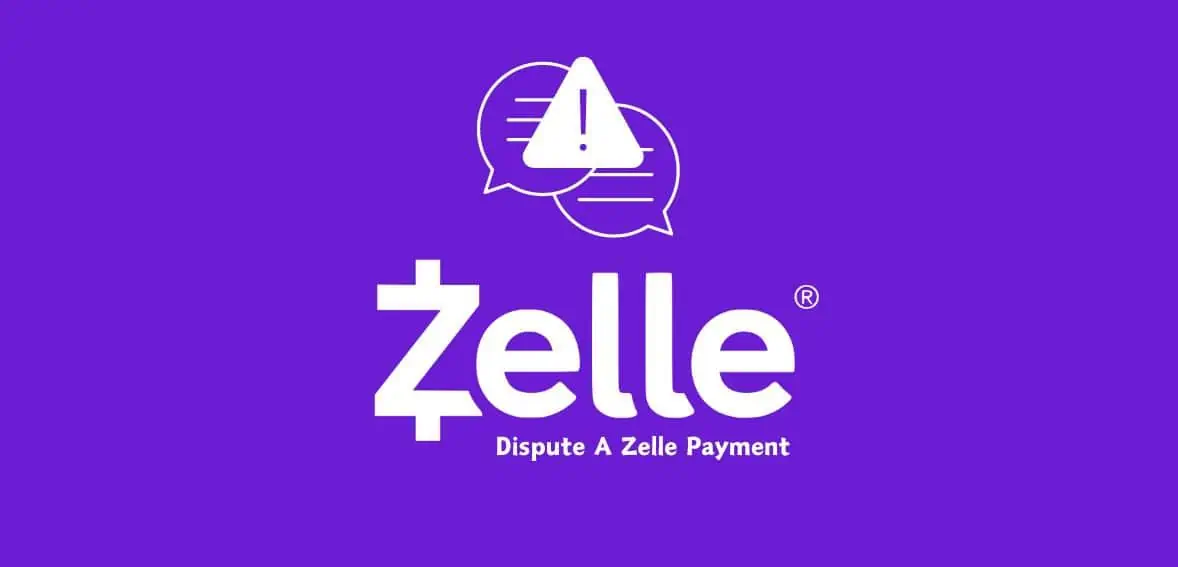P2P payments are soaring high. They make sending money easy with a few taps on a phone. You can split costs, pay back your pals, or shop with them. Among the most widely used P2P platforms, Zelle is a fantastic tool for sending and receiving money. Plus, due to the free services, Zelle is the perfect answer for online payments. Yet, Zelle is different. It doesn’t offer chargeback or secure money features, which can make resolving problems related to the transactions tricky. So, what happens if a Zelle user ends up with a transaction they didn’t want or finds themselves in a fraudulent situation?
This article discusses about what consumers and merchants need to know about Zelle’s solutions for fraud, scams, or genuine errors. It gives a clear picture of how to dispute a Zelle payment, and an effective payment handling on Zelle.
How Can You Dispute A Zelle Payment

Payment apps like Zelle treat money transfers just as if it’s real cash. Once you send a Zelle payment, you can’t cancel it. The trouble is, Zelle, unlike other apps like Venmo, doesn’t offer any payment protection. This means if you pay for something that you never receive, Zelle doesn’t help.
Zelle stays clear of payment conflicts and reversed payments – they simply won’t get involved. Their user agreement makes it very clear there aren’t any buyer or seller protections for payments made through Zelle. This highlights the risk when using Zelle: there are no safety measures. Plus, banks often refuse claims by saying electronic transfers don’t fall under the Electronic Fund Transfer Act. This act, also known as Regulation E, is a federal law that controls these types of transfers.
So what else can you do?
Before moving further with any transaction, here’s a thing to remember: always transfer funds to known contacts only, and when making a transaction to a new contact, ensure by transferring $1 first. But if you have completed the transaction and can’t cancel it, your next critical move is to reach out to the recipient. Ask them kindly to send the funds back directly. Handle issues by communicating directly with each other. This could involve either the vendor contacting the buyer or vice versa.
Swift and effective customer service can overcome hiccups and guard against damaging reputations. Vendors might decide to refund directly or replace a damaged or lost item. But beware, only some respond promptly. When one party seems unresponsive, your last resort is to touch base with the bank involved. Zelle’s terms don’t promise bank involvement, but it’s worth seeking help.
Zelle’s user agreement makes it clear – they don’t offer protections for authorized transfers. Sending money via Zelle carries some risks, it’s important to know that. The vital word here is “authorized.” If a Zelle transfer wasn’t authorized, you may have a chance at getting your funds back.
Understanding Regulation E
Regulation E came into being in 1978 under the Electronic Fund Transfer Act. This law spells out the rights and duties of those using electronic money movement services. Peer to peer (P2P) transfers also come under this regulation. To put it simply, Regulation E comes into play when a bank has permission to move money in or out of a customer’s account. P2P transfers often fall in this category. There is a debate on the specific instant payment features that this law governs.
Understanding the difference between “scam” and “fraud” is vital under Regulation E. If unauthorized activities happen due to theft or hacking, it is termed as fraud. You can dispute such happenings within 120 days. In actual fraud situations, where transactions happen without the account holder’s knowledge, Zelle talks about the chance of getting a refund via a chargeback request. But if someone tricks you into willingly approving a transfer, it’s a scam, not fraud. Zelle doesn’t assure that a dispute claim with them will succeed. They indicate that your bank has the duty and ability to pay back the money.
If a cheat tricks you into authorizing a money transfer, it’s key to understand that you’d approved, even if tricked. Regulation E particularly deals with “unauthorized” transactions. It puts the duty on the customer if the case is a scam.
Understanding The Proposed Regulatory Shift On P2P Transactions
The Consumer Financial Protection Bureau, or CFPB, is preparing to urge banks to compensate more clients who fall for scams on money-transfer services like Zelle. They’re expected to roll out regulatory guidelines soon, making banks more responsible for certain scams. This prominently includes cases where customers are tricked into sending scammers money, thinking they’re communicating with their bank’s representatives.
As of now, banks only need to refund consumers for payments not approved by them. But, the CFPB’s impending guidelines might classify transactions tricked into by consumers as unauthorized. This could widen the net of reimbursements.
Keep in mind that the CFPB’s fresh guidelines are a work in progress and could change. Although Zelle is in the spotlight, the regulatory tweaks will probably apply to similar payment services tied directly to people’s bank accounts.
Best Measures To Take If You’re Scammed

Take preventive measures right after you are aware of the “unwanted” transaction; this should always be your course of action. You can take numerous steps to ensure the safe return of your funds. Here are some of them:
1. Claim A Fraud With Your Financial Institution
You can retrieve money from fake Zelle transactions. Yet, what’s considered “fraud” differs based on Zelle, the user, and the bank. If a rogue transaction exists, Zelle advises calling your bank (if you use Zelle through them) or reaching out to Zelle directly (if you use the Zelle app). To get your money back, your case must fit within Regulation E’s boundaries.
Zelle labels a transaction as fraudulent when it includes an unauthorized transfer. Here’s what that looks like:
- Someone snuck into your Zelle account and made a payment without your okay, or your phone was stolen, giving them unpermitted Zelle account access.
- A bank error, like Zelle mistakenly sending $200 instead of $20, lands in this zone too.
Usually, you get 120 days from your final statement’s date to launch a claim. Expect to jot down and present details of the occurrence, your account number, unauthorized transaction error specifics, and a dispute timeline.
2. Request A Refund From The Recipient
Imagine not experiencing a financial misstep due to a fake Zelle transaction. Three potential pathways exist to recover lost money: Firstly, the recipient returns the sent funds, secondly, you challenge the transaction with Zelle (and regain the funds), or thirdly, you successfully stop the unapproved payment.
Your first strategy should be to ask the recipient to give back the funds. Here’s how:
- Sign in and maneuver to Pay & Transfer.
- Pick Zelle.
- On the Zelle dashboard, select Request.
- Find the contact info of the money receiver, picking from your recipient list or adding a new one using the plus (+) symbol.
- Type the amount and a message.
- Politely and respectfully request a repayment by noting that you made a “mistake transaction.”
- Include transaction specifics if it involves a purchase, and attach information such as product/service description, its cost, and transaction date.
- Clarify the purpose of the reimbursement.
- Supply pertinent information, like the delivery date and location of the transaction.
3. Attempt to cancel the payment
If the person you sent money to hasn’t set up Zelle yet, you might be able to stop the money transfer. Go to your activity page on Zelle. You can do this on your bank’s mobile app or Zelle’s app. Pick the payment you want to stop. Then, hit “Cancel The Payment.”
But, if the person already uses Zelle, the money went straight into their bank account. You can’t stop this.
4. Contact Zelle support and report the scam
Still can’t stop the payment? Can’t get the scammer to give your money back? You should tell Zelle’s customer support about the scam. It’s true, Zelle says they can’t get lost money back for you, but your report will help spot other scams. It may also help Zelle stop the scammer.
Contact Zelle’s help team at 1-844-428-8542 to report the scam. If you’re a member of a bank or credit union that uses Zelle, you can reach out to their help team with the same issue.
5. Contact Your Bank For Chargeback
When Zelle doesn’t grant a refund, think about starting a chargeback with your bank. Many banks have ways to contest purchases. You can usually do this by mail, online, or phone. Banks even have mobile apps to assist you.
Talking to your bank’s fraud team might be more beneficial than dealing with Zelle directly. In some scams, you can potentially request a chargeback. Here’s how to tell your bank about fraud and request a chargeback:
- Visit your bank’s website for more information on “chargeback requests” or “disputed transactions.”
- Fill in the form and send it to the bank that issued your credit card.
- Let your bank know the withdrawal or debit wasn’t authorized. Do that by contacting them.
- Ask them to reverse the transaction and return your money.
Tips To Avoid Getting Scammed Through Zelle

- Opt for different payment applications for transactions
Zelle’s missing security for approved transactions means risks. This is especially true if you’re dealing with unknown counterparts. A better idea would be platforms like PayPal. They have buyer protection, making them safer options.
- Enable text or email alerts from your bank
Be on the defensive by opting for notifications from your bank via text or email. Most financial institutions provide these alerts to keep you informed of any potential threats. If there’s a transaction you didn’t authorize, contact your bank without delay.
- Strengthen password security for your bank accounts
Guarding against Zelle fraudsters requires more than preventing single payment rip-offs. Some may try to hack into your bank accounts intending bigger thefts. Beef up your virtual security by using sturdy, unique passwords for all Internet accounts.
Your passwords must be at least 15 characters long. Create a blend of lowercase and uppercase letters, digits, and signs. Observing this routine enables safer online activities.
- Implement Multi-Factor Authentication
Think of MFA as a strong guard for your online accounts. It goes past basic username and password entry when logging in.
It involves extra steps for safety like an OTP code from an app. Adding these steps makes your accounts stronger. It also makes them harder to break into.
Conclusion
Dealing with Zelle payment disputes can be challenging as a result of the limitations that are distinct to this platform. Hence, Zelle’s strong policy of staying out of payment disagreements leaves users open to clandestine deals, tricks or even genuine mistakes. The lack of protections for buyers or purchases and the lack of banks’ intervention under Reg E points to inherent perils.
The distinction between fraud and tricks is important particularly considering possible rule changes. For this matter, it is possible within what the Consumer Financial Protection Bureau suggested directions may extend the banks’ responsibilities in compensating customers who have been defrauded through scams. It is very vital.
To minimize scam possibilities, users could switch to other payment platforms having buyer insurance, establish alerts, reinforce password security levels and include multi-factor authentication. Therefore, staying informed and vigilant on Zelle’s constraints will go a long way in ensuring financial transactions are safeguarded.
Frequently Asked Questions
Q: Can I stop a Zelle transaction?
After you send a payment on Zelle, it’s final and cannot be reversed. Why? The payment transfers directly from your bank account to the recipient’s account with immediate effect. That is how efficient Zelle is. It is a top-tier mode of sending funds.
But what if you mess up? Accidentally send money to the wrong person or in the wrong amount? So, here’s what you can do; contact the receiver. Politely request for your money back. In case that fails, ring your financial institution they could assist.Q: How can I beat a swindler and get my refund?
Did you lose money through a fraudster via Zelle for money transfer? If yes, promptly contact your bank! Speak out of the situation and make an official report. While few banks may refund such scams directly, Zelle does not have any direct control over it, most banks offer reimbursements for “authorized push payments”.
When using any platform to transact money, always be cautious. Never disclose personal or financial information to strangers.Q: How do I cancel pending payments on Zelle?
You can simply put an end to an ongoing Zelle transfer without difficulties or delays. Start by going to your activity page where all pending and completed transfers are displayed. Pick on that specific transaction that has to be stopped and click on ‘Cancel This Payment’ button then wait patiently for its cancellation (if he/she is not registered yet).
However, if that recipient already uses Zelle then the payment will go straight into his/her bank account which is impossible for it to be reversed again. No need to worry as security and ease of use are highly valued at Zelle by everyone who uses their services including those who want stop an upcoming transfer or send cash directly into someone's bank accountQ: Why is the Zelle payment I sent being examined?
Sometimes, a Zelle transaction might have to be reviewed. This could happen because of routine checks, account verification and bank information checking processes, insufficient funds or software malfunctions. Nevertheless, these temporary payments are usually resolved without major delays.

